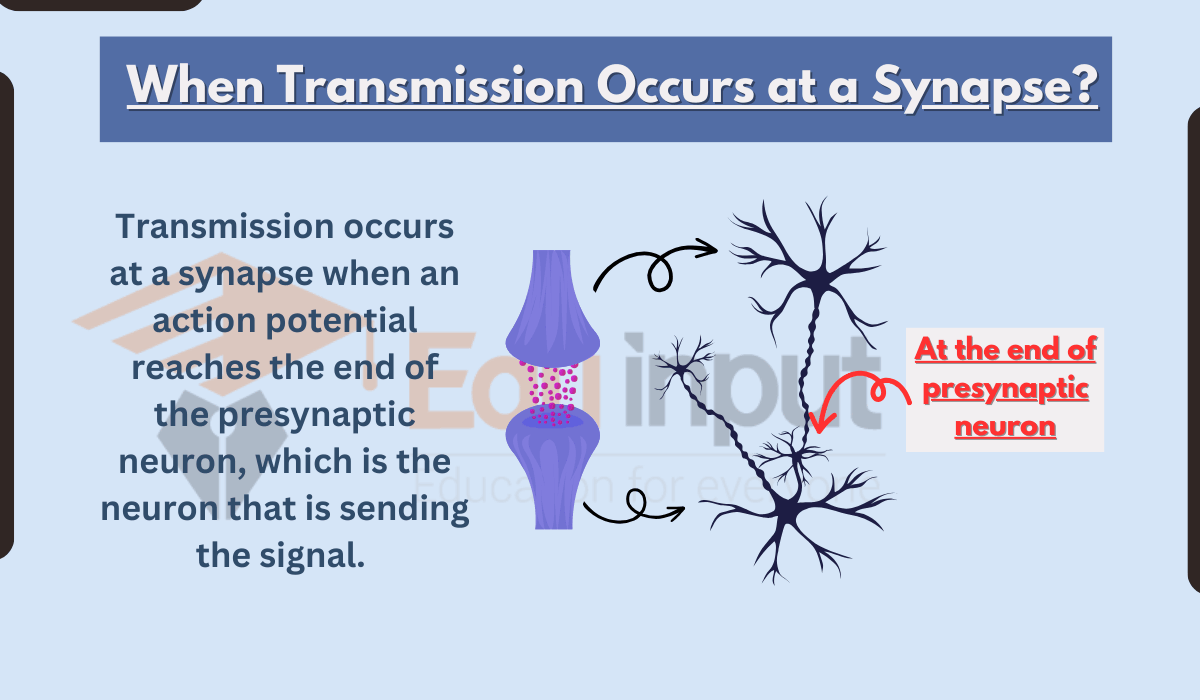Sense of Smell or Olfaction-Mechanism Of Detection Of Smell
Olfactory (smell) receptors are found in nearly every cell type in our bodies. The human nose has over 100 million olfactory receptors, and each of these receptors responds differently to certain smells. When you inhale air through your nostrils, molecules pass through the nasal cavity and into the back of your throat. There, they interact with taste buds, triggering a sensation in your mouth. This is called chemesthesis.
Chemesthesis
Chemesthesis is the ability to detect chemical stimuli using the sense of smell. Chemesthesis is also known as the pheromone response. Pheromones are chemicals secreted from the body that affect other animals. They are responsible for sexual attraction and aggression. These chemicals are released via sweat glands, breath, urine, feces, tears, blood, semen, saliva, vaginal fluids, skin oils, and even hair.
Olfaction
The sense of smell is detected by olfactory neurons. They are present in the roof of the vertebrate nasal cavity. These cells are specialized endings of the fibers of the olfactory nerve. They lie among supporting epithelial cells. They are density per square centimeter. Each olfactory cell ends in a tuft of cilia. These cilia contain receptor sites for various chemicals.
Mechanism Of Detection Of Smell
Different theories explain the mechanism of detection of smell or odor. One theory explains that odor molecules physically interact with protein receptors. These protein receptors are present on the receptor-plasma membrane. Such an interaction alters the permeability membrane. It causes a generator potential.
1. Olfaction In Fishes
External nares of most fishes have openings. These openings lead into a snout. The snout has olfactory receptors. They detect the smell. Some fishes rely heavily on their sense of smell. For example, salmon and lampreys spawn (release eggs) in a stream one year earlier. They return to spawn in the same streams next year. They have to cover distances of hundreds of miles to come back. They recognize the stream with its specific odor.
Read about Skin of Fishes
2. Olfaction in Amphibians
Olfaction is an important sense for many amphibians. It is used to recognize mates, and noxious chemicals, and locate food.
3. Olfaction in Reptiles
Olfactory senses are better developed in reptiles than in amphibians. They have more olfactory epithelium. Most reptiles possess Jacobson’s or vomeronasal organs. Jacobson’s organ is blind-ending pouches that open into the mouth. They are best developed in snakes and lizards but it is absent in crocodilians.
The snakes and lizards have protrusible (which can come out) forked tongues. It has accessory olfactory organs. These organs collect airborne chemicals. A snake’s tongue flicks out. It is then moved into Jacobson’s organs. This organ detects the odor of the molecules. Turtles and the tuatara use Jacobson’s organs to taste objects held in the mouth.
Olfaction In Birds
Olfaction plays a minor role in most birds. External nares open near the base of the beak. But the olfactory epithelium is poorly developed. Vultures have a well-developed sense of smell. They locate dead and dying prey by smell.
Olfaction In Mammals
Many mammals can receive olfactory stimuli from long distances during the day or night. They use the stimuli to locate food, recognize members of the same species, and avoid predators.







Leave a Reply